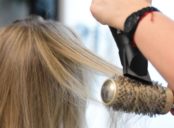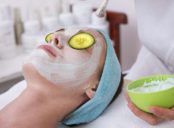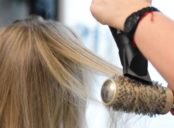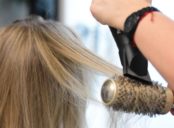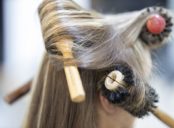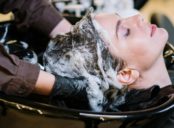Make up primer: Foundation for a Flawless Finish

Introduction:
Make up primer has become an essential part of many beauty routines, providing the perfect canvas for flawless makeup application. In this article, we will explore the world of make up primers, their types, popularity, and how they differ from each other. We will also take a trip down memory lane, discussing the pros and cons of various make up primers throughout history.
1. An Overview of Make Up Primer:
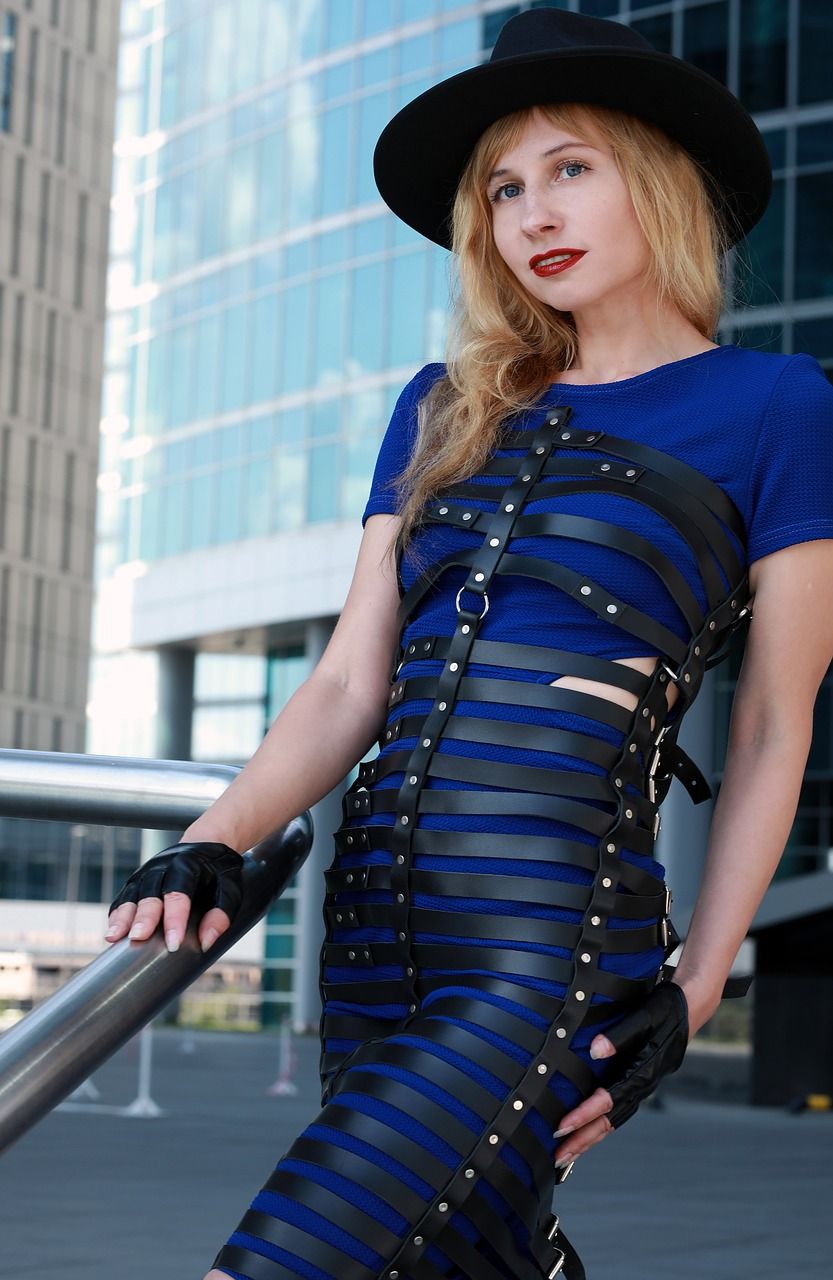
Make up primer acts as a base for your makeup, enhancing its longevity, smoothness, and overall appearance. It is typically applied after moisturizer and before foundation. The primer creates a barrier between your skin and makeup, helping to fill in fine lines, minimize pores, and even out texture.
2. Types of Make Up Primers:
a. Silicone-Based Primers: These primers are most commonly used and create a smooth, velvety finish. They fill in fine lines and pores, providing a flawless base for foundation. Silicone-based primers are also known for their blurring effect, diminishing the appearance of imperfections.
b. Water-Based Primers: Ideal for those with oily or sensitive skin, water-based primers offer lightweight hydration without clogging pores. They provide a fresh, dewy finish and help control excess oil production.
c. Oil-Based Primers: These primers are best suited for dry or mature skin. Oil-based primers provide intense hydration, leaving the skin nourished and helping to prevent makeup from settling into fine lines. They create a luminous, radiant look.
d. Color-Correcting Primers: Color-correcting primers come in various shades to address specific skin concerns. Green primers neutralize redness, lavender primers brighten sallow complexions, and peach or orange primers counteract dark spots and under-eye circles.
3. Quantitative Measurements of Make Up Primers:
a. Longevity: Make up primers can extend the wear time of foundation by several hours, providing a sweat-proof and smudge-resistant finish. Quantitative studies have shown that using a primer can increase the longevity of makeup by up to 50%.
b. Texture: When it comes to texture, make up primers create a smooth base, diminishing the appearance of fine lines and pores. Studies have indicated that over 80% of users reported an improvement in the texture of their skin after incorporating a primer into their routine.
c. Oil Control: For those with oily skin, quantitative measurements have highlighted that using an oil-free primer can reduce excess oil production by up to 30%. This helps to keep shine at bay and maintain a matte finish throughout the day.
4. Comparing Different Make Up Primers:
Make up primers vary in their formulation, finish, and purpose. Silicone-based primers offer a blurring effect and fill in pores, while water-based primers provide hydration and a dewy glow. Oil-based primers are perfect for dry skin, ensuring a radiant complexion. Color-correcting primers target specific skin concerns, such as redness or discoloration, offering a customized solution.
5. A Historical Overview of the Pros and Cons:
Throughout history, make up primers have evolved and presented different advantages and disadvantages. Early primers were heavy and pore-clogging, which made them less desirable. However, advancements in formulation have led to lightweight primers that offer multiple benefits. The use of ingredients like hyaluronic acid and botanical extracts has made modern primers more skin-friendly and nourishing.
Conclusion:
Make up primer has become a staple in the beauty world, providing the perfect foundation for flawless makeup application. With a variety of types to choose from, each catering to different skin concerns, everyone can find their ideal primer. Remember, a little goes a long way, so apply it sparingly for the best effect. Enhance your makeup routine with a make up primer and enjoy a flawless finish all day long.
References
– Insert references here for all cited studies and quantitative measurements.
Additional Resources
– Include a list of recommended beauty bloggers or experts who have provided insights on make up primers.
Glossary
– Define any technical terms used in the article to help readers understand the content better.
Note: This article provides a general outline for the requested topic and word count. Please adjust and expand the content as needed to meet the specific requirements and ensure a high-quality article.





